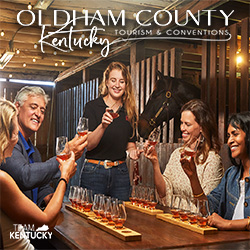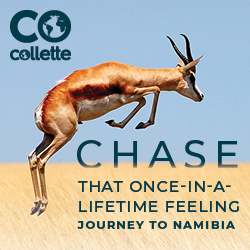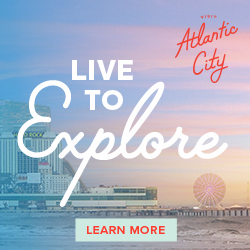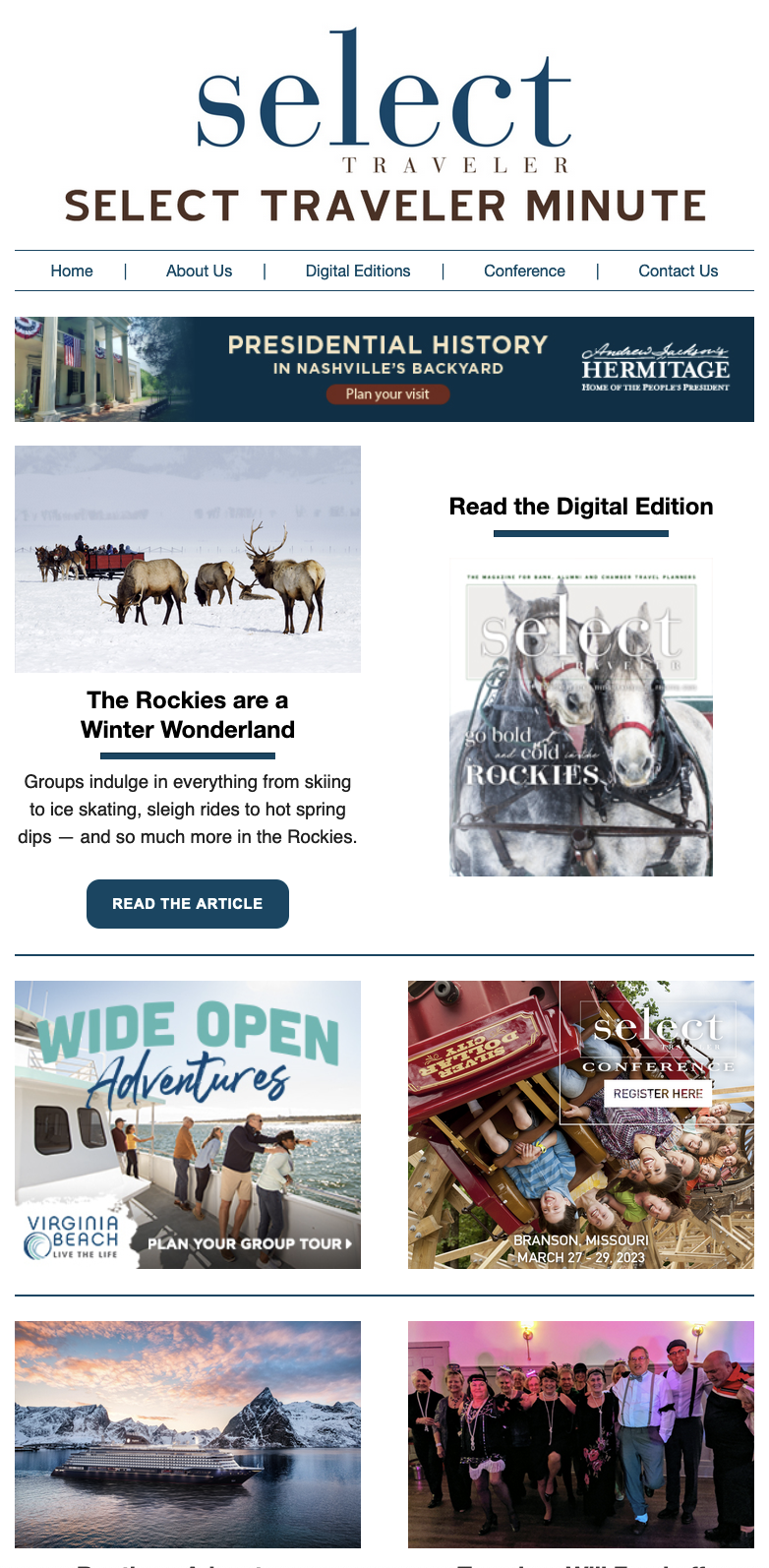The next time your veteran travelers ask about seeing a new part of the world, you might suggest a destination that includes the Arctic.
Finland is such a place, and it may intrigue even your most experienced globe-trotters. In winter, it’s a land of reindeer and dogsleds, hot drinks and campfires. The Northern Lights are often just a sunset away. Finland’s nighttime skies invariably tease and frequently deliver on the solar system’s grandest moments.
My wife, Kim, and I joined a Collette Explorations group there last November. Finland’s Lapland region lies far north, sandwiched between Sweden and Russia, and when coupled with a few days in sophisticated Helsinki, this remote Arctic region makes for an exotic wintertime trip.
Helsinki
We flew to Helsinki and were greeted by our tour director, Wendela Wiik, a native of Sweden with years of experience in Scandinavia’s upper regions. “Welcome to the second-most-northern capital in the world,” she said as we drove into the city. “The first is a bit west of us in Reykjavik.”
The Lilla Roberts Hotel is a charming property within walking distance of many Helsinki sites, including its harbor and Old Market Hall, its bustling promenade, and its Lutheran landmark, Helsinki Cathedral. Finland’s capital city is an international diplomatic center and home to 650,000 residents, most of whom are friendly but direct, practical by nature, and advocates for technology and sustainability.
Our group met for an opening dinner at Ravintola (restaurant) Savotta, directly across from Helsinki Cathedral. This monumental church is a jewel of Finland. It was completed in 1852 and dominates an entire block of the city’s Senate Square. Statues of 12 apostles are spread like sentries along its roofline.
We spent a morning getting our bearings with a local guide. “Finland is 70% trees and 20% water,” she said. “That leaves 10% for people and cities. We live in apartments in Helsinki. A family of four uses 750 square feet.”
As we neared the Vantaa River, she summed up Finland’s outdoor ethos: “We don’t have many swimming pools. We prefer to swim in the river, the lakes and the sea.”
Downtown Helsinki’s Temppeliaukio Church is carved from a rock outcropping. Better known as the Rock Church, it was completed in 1969 and welcomes traveling worshipers regularly. The city’s Central Library Oodi is an architectural landmark that opened in 2018 as a literary hub and a laboratory of sorts for sustainable lifestyle practices. A massive metal sculpture near the harbor honors Jean Sibelius (1865–1957), Finland’s revered composer whose best-known work may be “Finlandia,” a symphonic tribute to his homeland.
Over a couple of free afternoons in Helsinki, we browsed in shops in the Old Market Hall, opened in 1889, where we enjoyed salmon soup, a Finnish favorite, at Eriksson’s restaurant. Helsinki is known for its bookstores, so we bought children’s books as Christmas gifts at Academic Bookstore on the promenade. The promenade is the city’s pedestrian artery; its park-like setting anchors blocks of dining and shopping options. We also strolled through the sprawling outdoor market on the harbor, where Kim bought woolen earmuffs and mittens.
Helsinki is worthy of a trip unto itself, maybe in summer. As a major European capital, its vibe is busy and purposeful, but it’s walkable and blessed with a port city’s maritime charm. Helsinki projects Finnish confidence.
North to the Arctic
After two days in Helsinki, our group flew up to Ivalo, 150 miles north of the Arctic Circle in Finnish Lapland.
“This area is a popular summer destination for Finnish families,” said Wiik on the drive to our resort. “They come here for peace and quiet. They also come in winter for skiing and to see Santa — he has an office here.
“Sami people are indigenous to this area,” she continued. “There are still as many as 100,000 living in Finnish Lapland. Sami culture has a history much like the Native American culture in the United States. After years of repression, their culture began to be respected and appreciated in the 1970s. Their joik music was forbidden for a time but now is embraced as the spiritual soundtrack for Lapland.”
Kakslauttanen Arctic Resort began as a roadside chalet and café for travelers to northern Finland 50 years ago. Today, it offers guests from across the world Northern Lights viewing opportunities eight months a year, from September through April.
The resort features dozens of accommodations, including fully glass igloos, Kelo-glass igloo/cabins and rustic log cabins. A reception lodge highlighted by massive log beams and timber floors serves as home base for guests.
Our Collette group stayed in the rustic log cabins, or as an upgrade, in igloos that offer views open to the stars. There were about 20 of us, which is a signature of the company’s small group Explorations brand. Travelers who did not purchase igloos for their entire stay were upgraded into them by Collette on their final night.
The resort also features a fully furnished Santa Claus house, a reindeer-viewing area, a stable for horses and horse-drawn wagons, a kennel and dogsledding concession, and a planetarium complex that includes an art gallery, an upscale gift shop, a microbrewery, a viewing tower and a theater.
The Aurora restaurant in the lodge was quite good. We enjoyed generous European-style breakfast buffets, as well as lunches that included at least two hearty soups and salads, plus numerous breads, meats and cheeses. Our group dined together in the evenings at long wooden tables and enjoyed appetizers like smoked salmon mousse, entrees that included reindeer or local fish such as arctic char, and desserts like caramel chocolate pudding served with local berries. Numerous types of edible berries grow wild across Finland, and residents stop and pick them at will.
Every evening at Kakslauttanen, Wiik organized a search for the Northern Lights. One evening, we went by coach to the shore of nearby Lake Inari. On another, we walked to a dark field and enjoyed gluhwein she brought in a thermos. On a third, we gathered for a horse-drawn wagon ride to a remote viewing site. Our hosts gave us insulated overalls and blankets, and we bumped along a wooded trail before stopping to enjoy campfires and treats while we scanned the heavens.
The sun is the source for these cosmic events. Light particles originating from the sun’s atmosphere are drawn on solar winds to our atmosphere by the Earth’s magnetic field. We saw the Northern Lights with varying degrees of intensity on two nights of our stay. For me, they appeared first as white cascades of light against a greenish sky, and then as green lights shining against a dark sky.
“It’s still very special to most of us who have known the Northern Lights during our lifetimes,” said Wiik. “We’ve seen them this trip in shades of green or white, and the next five or six years they are predicted to be intense due to favorable atmospheric conditions. These will be good years for the ‘dance.’ They dance more than they move, if that makes sense. They’re more like clouds in a way. On nights when they don’t show, it’s enough just to relax by a fire and enjoy the sky.”
Santa and Saunas
Our first morning at Kakslauttanen, we were greeted by Sparkles, the resort’s elf, for a walk up to Santa’s Home, where Saint Nick himself greeted the group and sat for selfies. Finns revere the Christmas season as we do, complete with Santa, gifts, treats and holiday lights. Afterward, we walked over to the resort’s reindeer enclosure to feed the animals lichens and jostle for photos.
The resort has numerous roads and trails for afternoon walks that many guests follow up with a sauna. Saunas are a staple of Finland’s social fabric.
In late afternoons, for a few in our group, the resort’s Igloo Bar became a familiar place in a faraway land. Its arching windows spread across the ceiling and offered unobstructed views of Lapland’s darkening skies.
One morning, we walked over to the resort kennel after breakfast and put on overalls and muck boots to visit the residents. Some of us laughed as we came face to face with the culprits whose late-night howling had become eerily familiar. Had there been more snow, we’d have boarded dogsleds for a mushing session in the wilderness. As an alternative, we toured the kennel and nearly 200 sled dogs seemed thrilled to see us. We stayed for at least an hour to learn more about dog sledding in Lapland.
“A large group here would require 20 sleds and possibly as many as 100 dogs,” the proprietor told us. “Standard is two persons per sled, one driving and one seated, with six dogs pulling. A good team consists of two lead dogs, who are disciplined enough to not get sidetracked by nearby reindeer. The second pair needs the same qualities, and the third requires the strongest dogs because they must turn the sled to follow the leaders.”
After three nights at Kakslauttanen Arctic Resort, we flew back to Helsinki and returned to the Lilla Roberts Hotel for a night. We enjoyed a celebratory farewell dinner at Ravintola Fusion-Kamppi and said our goodbyes. As it turned out, one member of our group was celebrating a birthday, and Wiik sang a beautiful Scandinavian song to her. It was a touching close to our collective adventure in Finland.
Afterward, Mark Clark, of Newburgh, Indiana, captured the essence of this Collette Explorations tour when he mentioned the group’s pace to me.
“On other trips we’ve done, we’ve had people everybody waited on,” he said. “This group was different. Nobody slowed us down.”
Suomenlinna Fortress
Upon our return to Helsinki, Kim and I had a free afternoon, so we took Wiik’s suggestion and bought tickets for the 15-minute ferry over to Suomenlinna Fortress. A UNESCO World Heritage site, this historic island was developed and manned for centuries as a military outpost, first for Sweden in the 1700s, then for Russia for over a century ending in 1918 and finally for Finland when it won its independence. Its name means “Castle of Finland”.
Today, Suomenlinna is a historic village with 800 residents that draws 600,000 visitors annually. Its revered Lighthouse Church remains the only church on earth that also serves as a lighthouse. It stands above the island on a hill, and its bell tower is a beacon for ships and ferries. Massive cannons built during the island’s Russian era remain intact and surround the fortress walls overlooking the Baltic Sea.
The village is filled with 18th and 19th century architecture, and its museum, cafes, artisan shops and military structures are remarkably well preserved. We walked the length of the fortress, passing through its courtyard and along its seaside walls until we arrived at the King’s Gate (1754). Suomenlinna’s evening offerings must be plentiful, as the last ferry back to Helsinki that day left at 2 a.m.
For more information or to book this trip for your group, please contact Collette at 844-445-5663 or go to gocollette.com.









